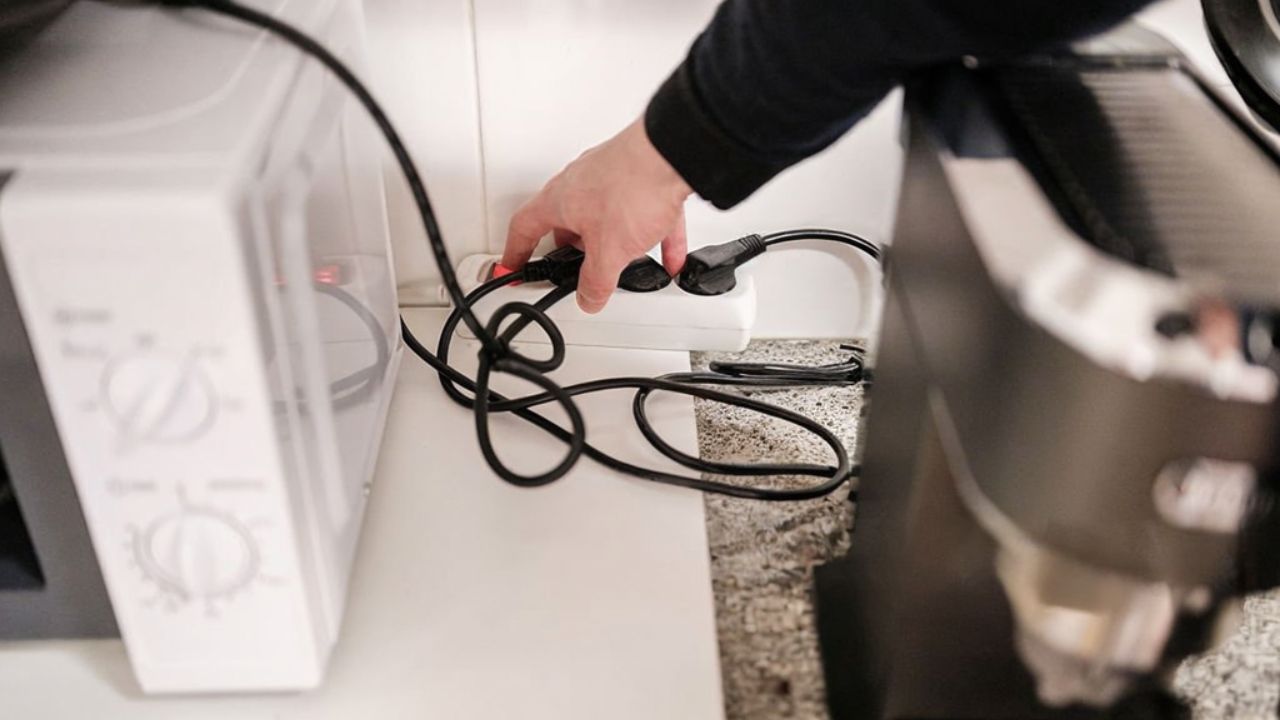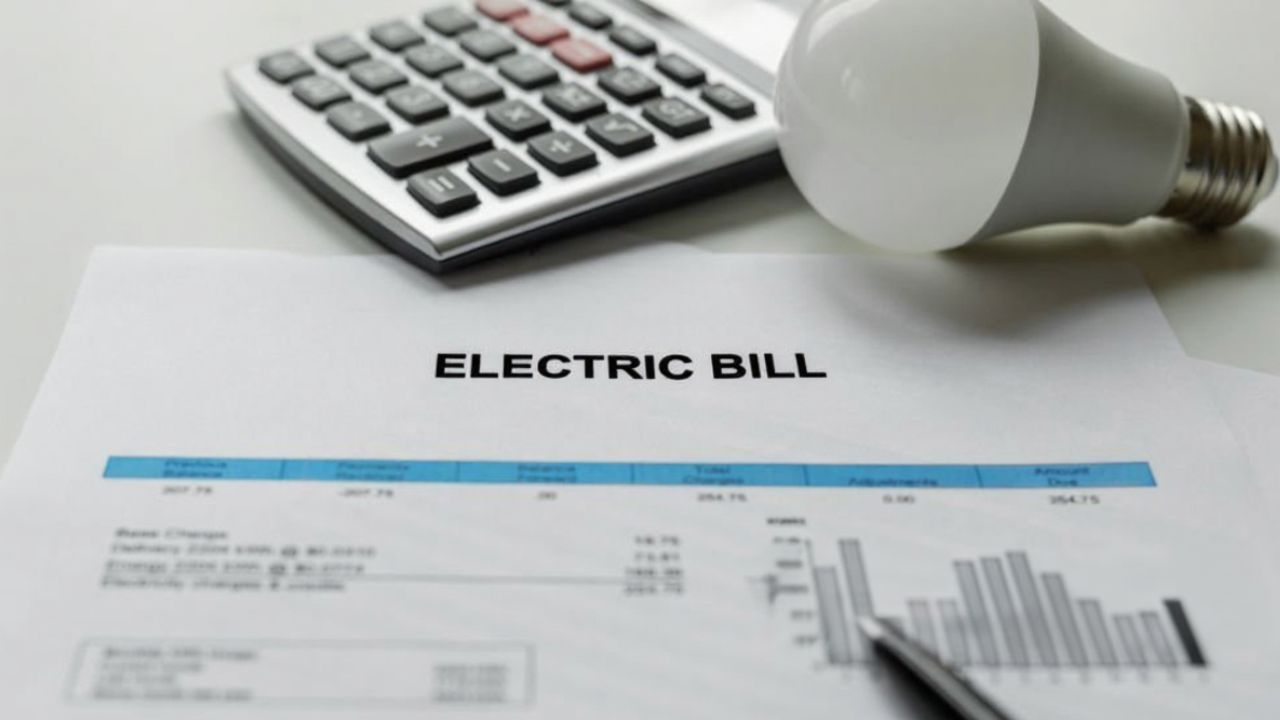The reason your power bill might spike this winter
If your electric bill jumps this winter, it might not have anything to do with your thermostat. Sure, you’ll blame the cold, but the real cause usually runs deeper—into how power companies set rates, how your home holds (or loses) heat, and how much hidden energy your appliances pull without you realizing it.
Winter bills are sneaky because they pile up gradually. The first high one catches you off guard, and by the time you notice, the damage is done. But once you understand what’s really behind those charges, you can finally do something about it.
Power companies quietly shift rates in winter
Most people think their power bill only depends on how much energy they use, but utilities often change rates seasonally. In colder months, rates can climb due to higher demand across the grid, especially in regions where electric heating competes with lighting and appliance use.
Those “fuel cost adjustments” or “delivery fees” buried in the fine print? They fluctuate with demand and fuel prices. So even if your usage doesn’t spike, your bill can. You’re paying more per kilowatt-hour without realizing it.
If you haven’t checked your rate schedule in a while, look it up. Many utilities offer off-peak pricing that can cut your bill if you shift laundry, dishwashing, or heating cycles to nighttime hours.
Electric heat is the silent money drain
If your home relies on electric baseboard heat, space heaters, or heat pumps, expect your winter bill to be double—or even triple—what you pay in summer. Electric heating is one of the least efficient ways to stay warm, especially in older homes with poor insulation.
A small space heater can cost $40 to $60 a month if it runs daily, and many people use several without realizing how quickly it adds up. Even “energy-efficient” models can’t compete with a gas furnace or wood heat when it comes to long-term cost.
If switching systems isn’t an option, focus on sealing leaks, upgrading weather stripping, and adding thermal curtains. Keeping warm air inside does more for your bill than any smart thermostat ever could.
Drafts and leaks waste more than you think
You can spend hundreds heating your home, but if that warm air is escaping through gaps and cracks, you’re basically paying to heat the outdoors. Windows, attic hatches, outlets on exterior walls, and even baseboards leak more air than you might realize.
A $10 tube of caulk or a few rolls of foam insulation tape can make a noticeable difference in both comfort and cost. Even small drafts—like those that barely move a candle flame—can add up to hundreds of dollars over the winter.
Try walking your house on a windy day and running your hand along door frames and window sills. You’ll feel the problem before you even see it.
“Vampire” power drains grow worse in winter

When it gets dark earlier, lights, electronics, and chargers stay plugged in longer. All those tiny standby lights and power bricks pull energy 24/7. TVs, routers, gaming consoles, and smart speakers don’t fully turn off—they sip power constantly.
While it doesn’t sound like much, the average household spends $100 or more a year on devices that aren’t even in use. Add in winter lighting, and that number climbs fast.
Unplug what you can or use a power strip with a switch to kill the current when things aren’t being used. It’s not glamorous, but it’s free savings that adds up every month.
Your HVAC filter affects your electric bill
When a heating system has to fight through a dirty filter, it pulls more power to move air. That extra strain makes your system run longer, driving up your electric use.
Changing your filter every 30 to 60 days keeps airflow strong and your system efficient. It also helps prevent breakdowns—because when the motor burns out from overworking, the repair bill makes your electric bill look small.
If your filters clog fast, that’s also a sign your ducts may need cleaning or your home is pulling in dust through leaks. Both issues make heating less efficient and more expensive.
The water heater hides behind your bill
You might not connect your power bill to your hot showers, but your water heater is one of the largest single energy users in the house. During winter, when groundwater temperatures drop, your heater works harder to raise water to the same temperature.
That means every load of laundry, every bath, and every dish cycle costs more. Turning the temperature down to 120°F and insulating the tank can trim 10–15% off your bill right away.
If your unit is more than 10 years old, upgrading to a heat pump water heater can save even more—it uses a fraction of the power and often qualifies for rebates.
The smart home isn’t always smart for your bill
Smart plugs, bulbs, and Wi-Fi-enabled thermostats promise savings, but they also use standby power of their own. If your “smart” setup includes a dozen connected devices, the background draw might cancel out what you’re saving.
Smart home gear only pays off if it’s set up right—schedules optimized, motion sensors working, and idle features turned off. Otherwise, you’re paying more for the convenience of control than for actual efficiency.
If you want tech that saves money, focus on programmable thermostats and timers that truly limit usage rather than simply monitoring it.
Utility companies bank on confusion

Power companies know most people won’t question their bill. They rely on complicated billing breakdowns and vague fee names that make it hard to see where the money’s going. That’s why it’s worth reading your statement line by line, at least once this season.
You might spot things like “demand fees,” “riders,” or “fuel cost adjustments” that have quietly climbed. Once you understand which charges you can control—usage, peak hours, and heating—you can finally fight back.
Knowledge won’t change the rate, but it changes how much you feed into it.
The spike isn’t random—it’s layered
That sudden winter bill isn’t a mystery. It’s the sum of higher seasonal rates, energy-hungry appliances, hidden losses, and colder conditions. Each factor adds a little, but together, they add up fast.
Once you know where the drain really is, you can start fixing it—one small change at a time.
You don’t have to freeze to save money. You just have to stop assuming the thermostat’s the only problem.
Like Fix It Homestead’s content? Be sure to follow us.
- I made Joanna Gaines’s Friendsgiving casserole and here is what I would keep
- Pump Shotguns That Jam the Moment You Actually Need Them
- The First 5 Things Guests Notice About Your Living Room at Christmas
- What Caliber Works Best for Groundhogs, Armadillos, and Other Digging Pests?
- Rifles worth keeping by the back door on any rural property
*This article was developed with AI-powered tools and has been carefully reviewed by our editors.







